Fibonacci Numbers and Golden Ratio in Trading (2025)
Updated: 21.03.2025
Numbers, levels, sequence (series) Fibonacci and the Fibonacci golden ratio in trading (2025)
Well, friends, truly “interesting and exciting topics” have begun. Today we will analyze the simplest of them - we will talk about levels, numbers, sequence and the Fibonacci series, and we will also touch on the Fibonacci golden ratio. And then everything will only get more interesting, so if at some point you catch yourself thinking, “What is going on? I don’t understand anything!”, then that’s normal. But I will still try to chew through and convey to you all the necessary information.
0, 1, 1, 2, 3, 5, 8, 13, 21, 34, 55, 89, 144, 233 …
The first number is 0, the second number is 1, and then mathExponential Moving Average tics comes into play. To determine the third number, you need to add the first two - we get the number “1” (0+1=1), the fourth number is the sum of the second and third numbers (1+1=2), i.e. "2". The fifth number is the sum of the third and fourth numbers, i.e. 1+2=3. And so on ad infinitum.
The Fibonacci number series has many mathExponential Moving Average tical features, but the main thing is that the ratio of each member of the series to the previous member tends to the “Golden Ratio” - the number 1.618. This number first appears in Euclid's Elements, where it was used to construct a regular pentagon (about 300 BC).
Literally, if you take any number from the Fibonacci series and divide it by the previous one, and round the result up, you get the number 1.618. For example, 144/89= 1.61797, rounding we get the same 1.618.
The golden ratio is the most harmonious proportion of a whole number to its part. The number 1.618 is constantly found in natural forms that have nothing in common with each other. For example, in the arrangement of leaves in plants, the shape of snail shells, the phalanges of human fingers, the arrangement of stars in the spirals of galaxies, the shape of flowers in plants, the vortices of typhoons, etc. Eduard Soroko (Belarusian scientist), who studied the forms of the golden section in nature, argued that everything growing and striving to take its place in space is endowed with the proportions of the golden section. He also noted that one of the most interesting forms of the golden ratio is a spiral.
The golden ratio (number 1.618) is also found in music, literature, and painting. In the 19th century, scientists recognized the golden ratio as the standard of harmony of proportions in nature.
In the early 1930s, American engineer and manager Ralph Nelson Elliott began to think about searching for the golden ratio in stock charts. Elliott's job consisted of analyzing annual, monthly, weekly, daily, hourly and half-hour charts of various stock indices with a history of over 75 years of market behavior. Subsequently, Elliott noticed that all price movements in the markets were subject to certain laws - waves, in which the number 1.618 was also visible. Based on these observations, the book “Nature’s Law – The Secret of the Universe” was written, in which he described all his developments in the theory of waves and the ratio of Fibonacci numbers.
Elliott started a whole doctrine, but he only became the first. Over time, many traders also began to pay attention to price patterns and find the golden ratio in them. The development of computer technology has made it possible to greatly deepen knowledge on this topic. This has led to the fact that many modern traders began to use tools created based on Fibonacci numbers.
0.236, 0.382, 0.500, 0.618, 0.764
Why are these levels needed in trading? They act as support and resistance levels, and measure the magnitude of price retracement during trend movements. There is a high probability that it is from these levels that the price will continue to move towards the current trend.
Fortunately, there is no need to calculate fractions yourself, so the tools built into the live chart or any Meta Trader 4 terminal (Fibonacci levels) will do everything for us. You just need to correctly plot these levels on the chart. Fibonacci levels stretch on the price chart from one local maximum or minimum of a trend movement to the next maximum or minimum (glory to the right). Literally two points are used. But how to correctly determine these two points. To do this, traders use candlestick swings - these are candles, to the left and right of which there are at least two upper highs or upper lows: During an upward trend (and Fibonacci correction levels are an exclusively trending tool and are not suitable for lateral movements), the price, during pullbacks, will be fixed at support levels (Fibonacci levels will show them to us). In the same way for a downward trend - during pullbacks, the price will consolidate at resistance levels.
In this example, the price reacted to the Fibonacci level of 0.382 - a side channel appeared, after which the price dropped to the level of 0.618 - this became the point of price reversal and continuation of the trend.
It is worth understanding that Fibonacci levels are not some kind of 100% trading method, but simply a tool that shows possible turning points. Those. There are no guarantees, there is only possibility. Therefore, even the golden ratio and Fibonacci levels should be treated with caution.
In some cases, correction levels will reverse the price, in some cases the price will not even notice them, whether you want it or not. In trading, nothing is 100%, it’s time to come to terms with this a long time ago. But we can always increase the probability of a correct forecast.
Well, let's add support and resistance levels to the chart, and then see how Fibonacci levels help determine strong price levels: The Fibonacci level of 0.618 coincided with the round price level - a perfect combination that led to a price reversal. Go ahead: That rare case when the price turned around from the weak level of 0.236, but is it so weak? Combining it with the horizontal level of support and resistance, we see that everything is not so simple. Let's look at the following price rollback: The third price impulse and reversal at the level of 0.618, which also falls on one of the strong support and resistance levels. And so that there is no misunderstanding, I will show you a graph with these same levels, or rather, the points by which these PS levels were constructed: What am I telling you?! Open a chart, plot support and resistance levels on it, and then see how and where these levels coincide with Fibonacci levels. You will see the same pattern that I showed you just now.
What conclusion can be drawn from all this? Fibonacci levels work great with support and resistance levels. Moreover, these tools complement each other perfectly and increase the likelihood of a correct forecast. Is it worth using Fibonacci levels, say, for trading Price Action? Definitely yes!
Similarly, you can use moving averages as dynamic support levels and resistance, together with Fibonacci levels: Exponential Moving Average with a period of “50” perfectly marked the end of the rollback and coincided with the Fibonacci level of 0.382. And if you look closely, there is also a horizontal level of support and resistance - in general, everything points to a reversal from this level.
And here is the favorite pattern of many traders of binary options and the Forex market - Pinocchio: A wonderful pin bar that rolled back from two Fibonacci levels at once - 0.500 and 0.618.
As you already understood, combine Price Action patterns with Fibonacci levels is a great idea, and if you back up the whole thing with support levels and resistance, as well as moving averages and trend lines, then success guaranteed!
0, 0.382, 0.618, 1.000, 1.382, 1.618
Extension levels are levels that show to what value the price is most likely to reach in trend movements after the end of the pullback. First, we need to plot Fibonacci levels on the chart: In our case, this is a downward trend. We found the end point of the rollback, waited until the price breaks the previous low, and here it is worth using Fibonacci extension levels. They are plotted on the chart from left to right (in a downward trend from bottom to top), but only the distance from the local minimum to the end of the price rollback is taken into account: As you can see, the price reached the levels of 1.382, 1.500 and 1.618 - they became support levels and significantly slowed down the price. Then the situation repeats itself - we stretch the Fibonacci levels along the trend and wait for the trend to continue: Then we stretch the Fibonacci levels from the local minimum to the end point of the rollback to get the Fibonacci extension levels: Like last time, the price stopped at the levels of 1.382, 1.500 and 1.618 - a rollback began from them. We also have a level of 2.618 – the long-term level. It indicates a possible price stop if the trend continues. In each of the examples, this level actually indicated price pullbacks in the area of effect of this level.
Price expansion levels are needed in order to understand how powerful a trend movement is. Based on the strength of the pullback, we can guess how far the price will go after the trend continues.
It is also worth considering that Fibonacci extension levels, like correction levels, can indicate strong support and resistance levels. Of course, all these levels need to be filtered by something stronger than the usual set of golden ratio numbers (for example, horizontal support and resistance levels). In this case, the price chart will allow you to understand which levels you should pay attention to and where to wait for a possible price rollback.
In turn, any trend impulse can also be decomposed into 5 waves (3 trend impulses and 2 rollbacks), and rollbacks can be decomposed into only three waves (complex rollbacks). In theory, this process looks like this: On a price chart, Elliott waves look like this: If you determine which wave is forming right now, you can guess where the price will go next. The third wave is of greatest interest to traders - it is the longest and fastest. The most profitable option for Forex and CFD traders is to enter at the end of the second wave correction and exit at the end of the third wave.
According to Elliott theory, the length of the third wave is related to the first wave as 1.618 (golden ratio), which allows us to calculate the length of the third wave after the formation of the first and second waves. To do this, we will need all the same Fibonacci extension levels, as well as find the first and second waves. There should be no problems with the first wave: The next step is to stretch the Fibonacci levels over the entire second wave - from the local minimum (we have a downward trend on the chart) to the end point of the rollback: The forecast was that the price would reach the level of 1.618, which is what happened. It is worth remembering that Fibonacci levels are not a tool with 100% forecasts, so sometimes the price will go into a correction before reaching the 1.618 level, and sometimes it will break through it and go lower.
In addition to determining the third wave, experts proposed various ways to determine other waves. For example, in the book “Trading Chaos” (Bill Williams) the following method is proposed:
The standard version of the Fibonacci fan has only three levels: 0.382, 0.500 and 0.618. They are the strongest and most significant levels, but if you need, you can always add additional levels - they are the same as the horizontal Fibonacci levels (for example, 0.764).
Fibonacci arcs are constructed as follows:
Important Fibonacci extension levels include the following levels:
Also, Fibonacci levels are very closely related to the Elliott wave theory. All this is not as simple as we would like (especially for novice traders). But you always have a choice whether or not to use these technical analysis tools. It’s funny that among novice traders and professionals there are always those who “can’t live” without the golden ratio, and there are those who are not going to use it at all.
Contents
- Golden ratio and Fibonacci numbers
- Fibonacci levels: Fibonacci correction (retracement) levels
- Fibonacci levels at trend reversals
- Fibonacci levels and support and resistance levels
- Fibonacci levels and trend line
- Fibonacci levels and Japanese candlesticks (Price Action reversal patterns)
- Fibonacci extension levels
- Fibonacci levels and Elliott waves
- Fibonacci fan in trading
- Fibonacci arcs in trading
- Fibonacci time zones in trading
- Using Fibonacci levels in your trading
Fibonacci numbers and the golden ratio
The Fibonacci sequence is nothing more than a series of numbers in which each next number is equal to the sum of the previous two. This sequence is named after the 12th century European mathExponential Moving Average tician Leonardo of Pisa, known under the pseudonym Fibonacci. Of course, Fibonacci was known for other mathExponential Moving Average tical achievements, but he described his work on the “Fibonacci numbers” in the books “Liber Abaci” (“Book of Abacus”). The Fibonacci sequence itself is an infinite series of numbers, where, as mentioned earlier, each new number is the sum of the previous two:0, 1, 1, 2, 3, 5, 8, 13, 21, 34, 55, 89, 144, 233 …
The first number is 0, the second number is 1, and then mathExponential Moving Average tics comes into play. To determine the third number, you need to add the first two - we get the number “1” (0+1=1), the fourth number is the sum of the second and third numbers (1+1=2), i.e. "2". The fifth number is the sum of the third and fourth numbers, i.e. 1+2=3. And so on ad infinitum.
The Fibonacci number series has many mathExponential Moving Average tical features, but the main thing is that the ratio of each member of the series to the previous member tends to the “Golden Ratio” - the number 1.618. This number first appears in Euclid's Elements, where it was used to construct a regular pentagon (about 300 BC).
Literally, if you take any number from the Fibonacci series and divide it by the previous one, and round the result up, you get the number 1.618. For example, 144/89= 1.61797, rounding we get the same 1.618.
The golden ratio is the most harmonious proportion of a whole number to its part. The number 1.618 is constantly found in natural forms that have nothing in common with each other. For example, in the arrangement of leaves in plants, the shape of snail shells, the phalanges of human fingers, the arrangement of stars in the spirals of galaxies, the shape of flowers in plants, the vortices of typhoons, etc. Eduard Soroko (Belarusian scientist), who studied the forms of the golden section in nature, argued that everything growing and striving to take its place in space is endowed with the proportions of the golden section. He also noted that one of the most interesting forms of the golden ratio is a spiral.
The golden ratio (number 1.618) is also found in music, literature, and painting. In the 19th century, scientists recognized the golden ratio as the standard of harmony of proportions in nature.
In the early 1930s, American engineer and manager Ralph Nelson Elliott began to think about searching for the golden ratio in stock charts. Elliott's job consisted of analyzing annual, monthly, weekly, daily, hourly and half-hour charts of various stock indices with a history of over 75 years of market behavior. Subsequently, Elliott noticed that all price movements in the markets were subject to certain laws - waves, in which the number 1.618 was also visible. Based on these observations, the book “Nature’s Law – The Secret of the Universe” was written, in which he described all his developments in the theory of waves and the ratio of Fibonacci numbers.
Elliott started a whole doctrine, but he only became the first. Over time, many traders also began to pay attention to price patterns and find the golden ratio in them. The development of computer technology has made it possible to greatly deepen knowledge on this topic. This has led to the fact that many modern traders began to use tools created based on Fibonacci numbers.
Fibonacci levels: Fibonacci retracement levels
Fibonacci retracement levels look like this:0.236, 0.382, 0.500, 0.618, 0.764
Why are these levels needed in trading? They act as support and resistance levels, and measure the magnitude of price retracement during trend movements. There is a high probability that it is from these levels that the price will continue to move towards the current trend.
Fortunately, there is no need to calculate fractions yourself, so the tools built into the live chart or any Meta Trader 4 terminal (Fibonacci levels) will do everything for us. You just need to correctly plot these levels on the chart. Fibonacci levels stretch on the price chart from one local maximum or minimum of a trend movement to the next maximum or minimum (glory to the right). Literally two points are used. But how to correctly determine these two points. To do this, traders use candlestick swings - these are candles, to the left and right of which there are at least two upper highs or upper lows: During an upward trend (and Fibonacci correction levels are an exclusively trending tool and are not suitable for lateral movements), the price, during pullbacks, will be fixed at support levels (Fibonacci levels will show them to us). In the same way for a downward trend - during pullbacks, the price will consolidate at resistance levels.
Fibonacci levels in an uptrend
For an uptrend, we stretch the Fibonacci levels from the lower swing, which marks the beginning of the trend impulse, to the upper swing, after which the price rollback began: Typically, traders do not take into account the Fibonacci level of 0.236 - it is very weak and the price rarely reverses from it. You can generally remove this level and not pay attention to it. All levels below have greater power, but no one knows for sure. Where exactly the price will turn and the trend will continue.In this example, the price reacted to the Fibonacci level of 0.382 - a side channel appeared, after which the price dropped to the level of 0.618 - this became the point of price reversal and continuation of the trend.
$IMAG7$
Here is another example - in this case, the trend continued from the level of 0.382. Please note - this level was support and resistance level in the previous downtrend. Coincidence? I wouldn't say that.Fibonacci levels in a downward trend
In a downtrend, we stretch the Fibonacci levels from top to bottom (from upper swing to lower swing) and from left to right: As you can see, the price again ignored the weak level of 0.236 and reversed from the level of 0.382. Looking for the next price impulse? This time the price pullback ended at 0.618, but what else can we notice on this chart? This level is a strong support and resistance level - it worked both in a downward trend and then in an upward one. Coincidence again?!Fibonacci levels at trend reversals
Do Fibonacci levels always work? Of course no. For example, let’s take the situation of a trend movement reversal: there was a downward trend, but it became an upward one. It seems that the price began to reverse at the level of 0.500 - a standard situation. Then, the level of 0.382 was used as a support level - well, it happens. Where without complex rollbacks (more on them a little later). Then the price reached the level of 0.764 and it would seem that the downward trend would definitely continue, but the level of 0.618 acted as support and the price completely flew off to conquer space - it broke through level “1”. That's it, the downtrend is over! The price once again returned to the levels of 0.764 and 0.618, fixed on them and went up... And where is the rollback?!It is worth understanding that Fibonacci levels are not some kind of 100% trading method, but simply a tool that shows possible turning points. Those. There are no guarantees, there is only possibility. Therefore, even the golden ratio and Fibonacci levels should be treated with caution.
In some cases, correction levels will reverse the price, in some cases the price will not even notice them, whether you want it or not. In trading, nothing is 100%, it’s time to come to terms with this a long time ago. But we can always increase the probability of a correct forecast.
Fibonacci levels and support and resistance levels
A little earlier, we already looked at a couple of examples where horizontal support and resistance levels coincided with Fibonacci levels. One thing perfectly confirms the other - the strength of the level is growing, because... different market participants use different tools, but, in this case, their opinions will coincide, even if they are based on different information.Well, let's add support and resistance levels to the chart, and then see how Fibonacci levels help determine strong price levels: The Fibonacci level of 0.618 coincided with the round price level - a perfect combination that led to a price reversal. Go ahead: That rare case when the price turned around from the weak level of 0.236, but is it so weak? Combining it with the horizontal level of support and resistance, we see that everything is not so simple. Let's look at the following price rollback: The third price impulse and reversal at the level of 0.618, which also falls on one of the strong support and resistance levels. And so that there is no misunderstanding, I will show you a graph with these same levels, or rather, the points by which these PS levels were constructed: What am I telling you?! Open a chart, plot support and resistance levels on it, and then see how and where these levels coincide with Fibonacci levels. You will see the same pattern that I showed you just now.
What conclusion can be drawn from all this? Fibonacci levels work great with support and resistance levels. Moreover, these tools complement each other perfectly and increase the likelihood of a correct forecast. Is it worth using Fibonacci levels, say, for trading Price Action? Definitely yes!
Fibonacci levels and trend line
The trend line, like horizontal support and resistance levels, can indicate a price reversal, and therefore is compatible with Fibonacci levels. If you draw a trend line during a trend, and then draw Fibonacci levels, then their intersection will become a strong point, from which the price is likely to reverse during a correction: In this case, the intersection of the trend line and Fibonacci levels coincided at a value of 0.500 - this point turned the price down. This did not help the downward trend much, because it was at the finishing stage, but that's another story.Similarly, you can use moving averages as dynamic support levels and resistance, together with Fibonacci levels: Exponential Moving Average with a period of “50” perfectly marked the end of the rollback and coincided with the Fibonacci level of 0.382. And if you look closely, there is also a horizontal level of support and resistance - in general, everything points to a reversal from this level.
Fibonacci levels and Japanese candlesticks (Price Action reversal patterns)
A little earlier, I mentioned Price Action for a reason. Fibonacci levels go very well with Price Action reversal patterns, so if your knowledge allows, take a close look at the price chart and you will find price reversal points: Here we have an upper reversal pivot - three candles indicating a continuation of the current trend. Bearish Closing Price Reversal at 0.382 is a good point for trend continuation. And a couple more “Bearish Closing Price Reversal” patterns that formed at the levels of 0.382 and 0.500. But the Closing Price Reversal at the level of 0.236 did not work out and did not reverse the price at all. Needless to say, this is the weakest level of all Fibonacci levels.And here is the favorite pattern of many traders of binary options and the Forex market - Pinocchio: A wonderful pin bar that rolled back from two Fibonacci levels at once - 0.500 and 0.618.
As you already understood, combine Price Action patterns with Fibonacci levels is a great idea, and if you back up the whole thing with support levels and resistance, as well as moving averages and trend lines, then success guaranteed!
Fibonacci extension levels
Fibonacci extension levels are levels:0, 0.382, 0.618, 1.000, 1.382, 1.618
Extension levels are levels that show to what value the price is most likely to reach in trend movements after the end of the pullback. First, we need to plot Fibonacci levels on the chart: In our case, this is a downward trend. We found the end point of the rollback, waited until the price breaks the previous low, and here it is worth using Fibonacci extension levels. They are plotted on the chart from left to right (in a downward trend from bottom to top), but only the distance from the local minimum to the end of the price rollback is taken into account: As you can see, the price reached the levels of 1.382, 1.500 and 1.618 - they became support levels and significantly slowed down the price. Then the situation repeats itself - we stretch the Fibonacci levels along the trend and wait for the trend to continue: Then we stretch the Fibonacci levels from the local minimum to the end point of the rollback to get the Fibonacci extension levels: Like last time, the price stopped at the levels of 1.382, 1.500 and 1.618 - a rollback began from them. We also have a level of 2.618 – the long-term level. It indicates a possible price stop if the trend continues. In each of the examples, this level actually indicated price pullbacks in the area of effect of this level.
Price expansion levels are needed in order to understand how powerful a trend movement is. Based on the strength of the pullback, we can guess how far the price will go after the trend continues.
It is also worth considering that Fibonacci extension levels, like correction levels, can indicate strong support and resistance levels. Of course, all these levels need to be filtered by something stronger than the usual set of golden ratio numbers (for example, horizontal support and resistance levels). In this case, the price chart will allow you to understand which levels you should pay attention to and where to wait for a possible price rollback.
Fibonacci levels and Elliott waves
Very often, Fibonacci levels are used in conjunction with Elliott wave theory. According to this theory, any trend price movement can be divided into five waves - three trend impulses and two rollbacks. Trend impulses are numbered 1, 3 and 5, and correction waves are numbered 2 and 4, respectively.In turn, any trend impulse can also be decomposed into 5 waves (3 trend impulses and 2 rollbacks), and rollbacks can be decomposed into only three waves (complex rollbacks). In theory, this process looks like this: On a price chart, Elliott waves look like this: If you determine which wave is forming right now, you can guess where the price will go next. The third wave is of greatest interest to traders - it is the longest and fastest. The most profitable option for Forex and CFD traders is to enter at the end of the second wave correction and exit at the end of the third wave.
According to Elliott theory, the length of the third wave is related to the first wave as 1.618 (golden ratio), which allows us to calculate the length of the third wave after the formation of the first and second waves. To do this, we will need all the same Fibonacci extension levels, as well as find the first and second waves. There should be no problems with the first wave: The next step is to stretch the Fibonacci levels over the entire second wave - from the local minimum (we have a downward trend on the chart) to the end point of the rollback: The forecast was that the price would reach the level of 1.618, which is what happened. It is worth remembering that Fibonacci levels are not a tool with 100% forecasts, so sometimes the price will go into a correction before reaching the 1.618 level, and sometimes it will break through it and go lower.
In addition to determining the third wave, experts proposed various ways to determine other waves. For example, in the book “Trading Chaos” (Bill Williams) the following method is proposed:
- The first wave is determined by the fact of formation
- The second wave, most often, ends at the Fibonacci correction levels of 0.382 and 0.500
- The third wave is from 1 to 1.618 times the length of the first wave
- The fourth wave most often appears in the form of a sideways movement and rarely ends above the levels of 0.382 and 0.500
- The length of the fifth wave is from 61.8% to 100% of the length of the range from the beginning of the first wave to the end of the third wave
Fibonacci fan in trading
The Fibonacci fan, like Fibonacci levels, is capable of determining price correction levels. The principle of operation is still the same - the fan stretches between two points: the beginning of a trend impulse and the beginning of a rollback. Sloping levels of the Fibonacci fan act in exactly the same way as trend lines - they are sloping levels of support and resistance. Of course, you should use the Fibonacci fan only in conjunction with auxiliary tools, such as support and resistance levels, Price Action patterns, moving averages, etc.The standard version of the Fibonacci fan has only three levels: 0.382, 0.500 and 0.618. They are the strongest and most significant levels, but if you need, you can always add additional levels - they are the same as the horizontal Fibonacci levels (for example, 0.764).
Fibonacci arcs in trading
Fibonacci arcs, unlike fans and horizontal levels, take into account another important factor - time. This allows you to determine not only the strength of a possible rollback, but also when it will end.Fibonacci arcs are constructed as follows:
- A line stretches from the beginning of the trend impulse to the beginning of the rollback (everything is the same as in the case of levels and the Fibonacci fan)
- The tool forms three arcs on the chart
- Each arc (located below or above the end point of the rollback) will be equal to the levels 0.382, 0.500 and 0.618
- The arcs themselves will indicate the time in which the rollback will most likely be completed
Fibonacci time zones in trading
Fibonacci time zones are based on the Fibonacci sequence (0, 1, 1, 2, 3, 5, 8…). They stretch from a local minimum or maximum to the next local maximum or minimum. Vertical levels are plotted on the chart, which, in theory, will help determine the time of price reversals: If the price is near a vertical level, then, using other tools, you should start looking for a reversal point against the current price movement. It is also recommended to use a combination of time zones with Fibonacci levels.Using Fibonacci levels in your trading
Fibonacci levels are an additional technical analysis tool that allows you to determine expected support and resistance zones. You should use the Fibonacci grid with:- Support and resistance levels
- Price Action Patterns
- Trend lines
- Moving averages
- Auxiliary indicators of technical analysis
- 0.382 (38.2%)
- 0.500 (50%)
- 0.618 (61.8%)
Important Fibonacci extension levels include the following levels:
- 1.000 (100%)
- 1.382 (138.2%)
- 1.500 (150%)
- 1.618 (161.8%)
Also, Fibonacci levels are very closely related to the Elliott wave theory. All this is not as simple as we would like (especially for novice traders). But you always have a choice whether or not to use these technical analysis tools. It’s funny that among novice traders and professionals there are always those who “can’t live” without the golden ratio, and there are those who are not going to use it at all.


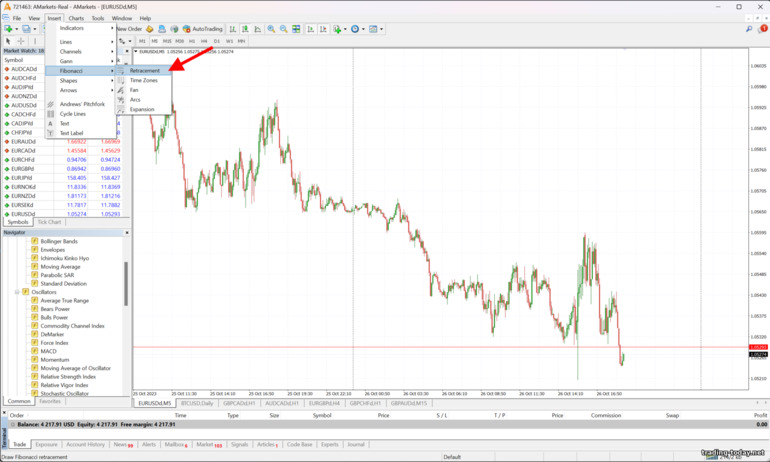
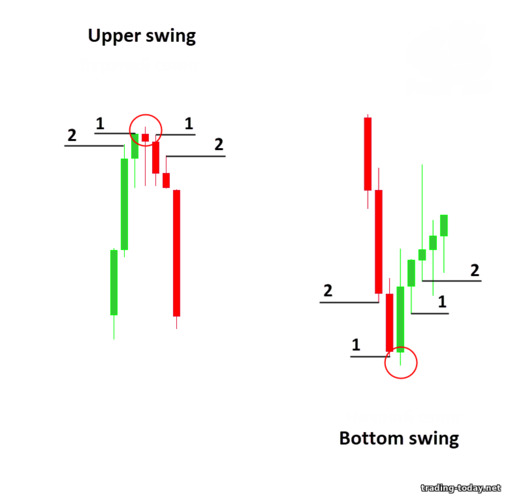
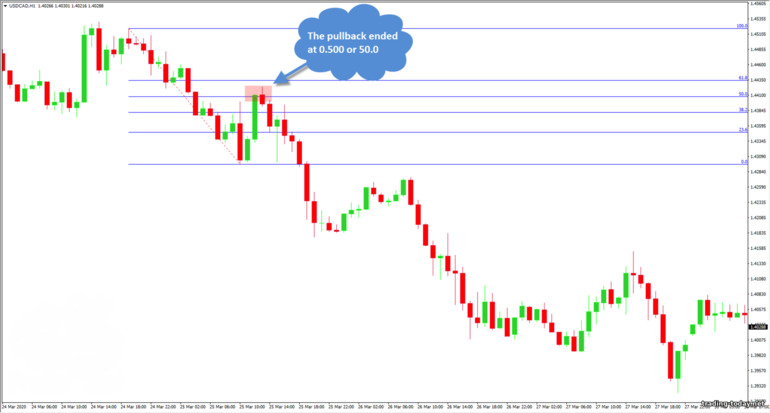
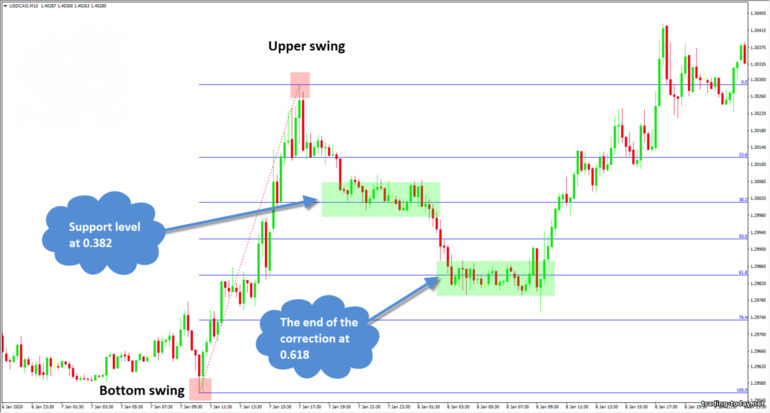
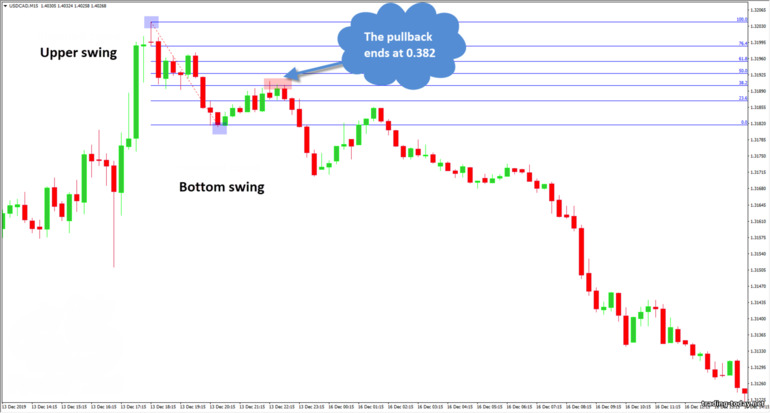

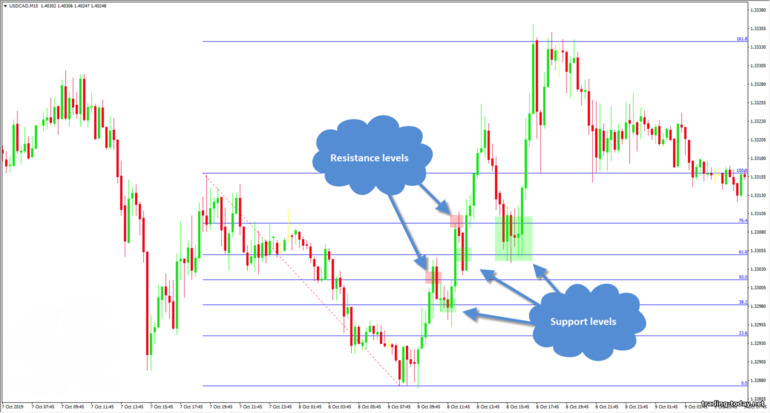
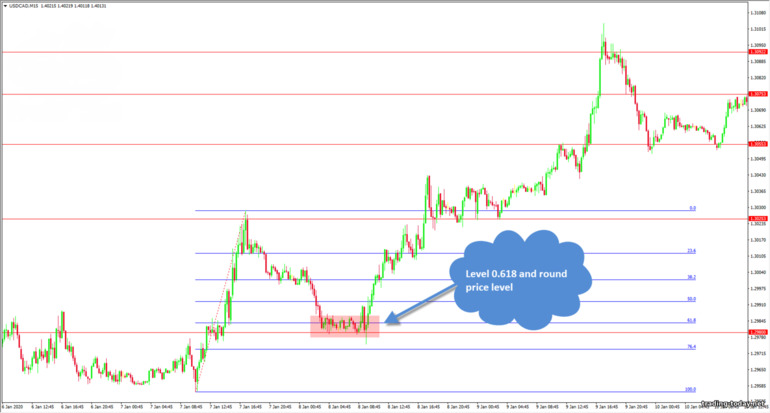
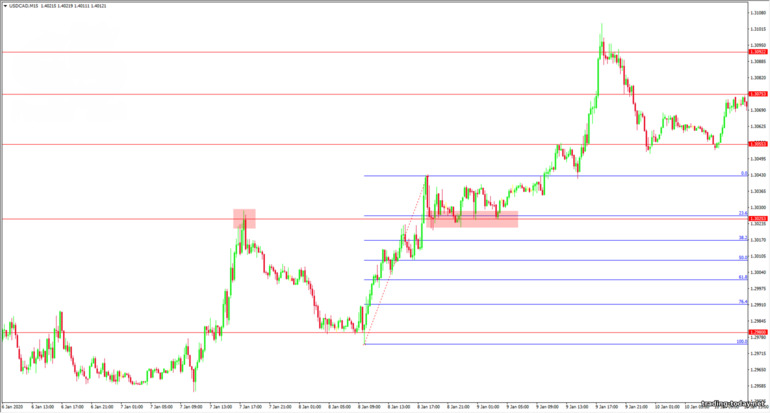
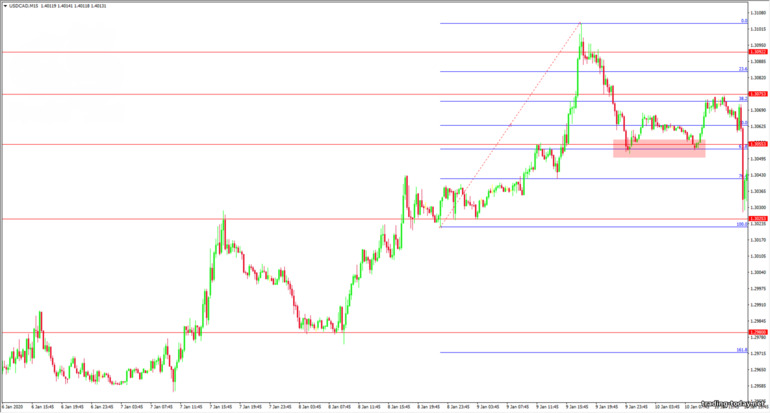
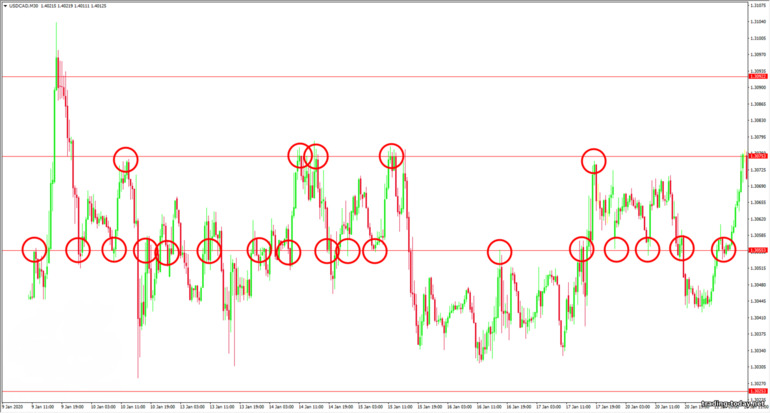
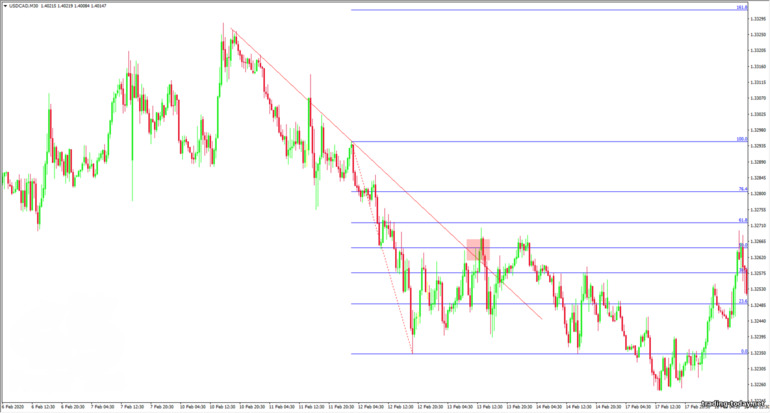
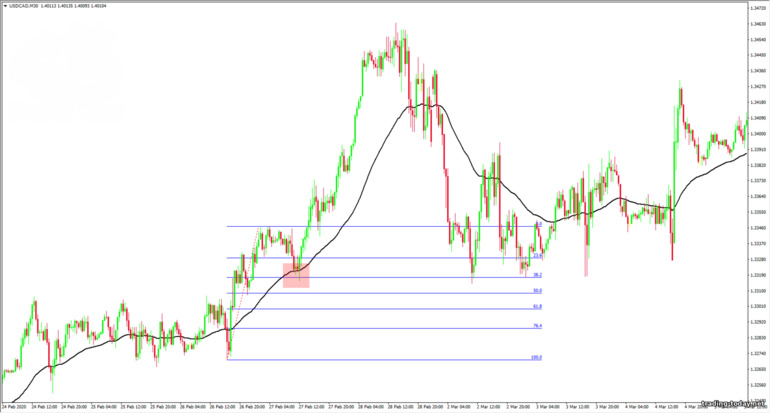
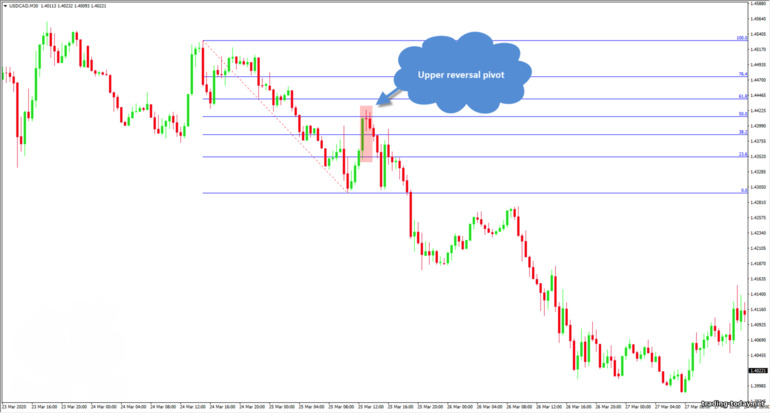
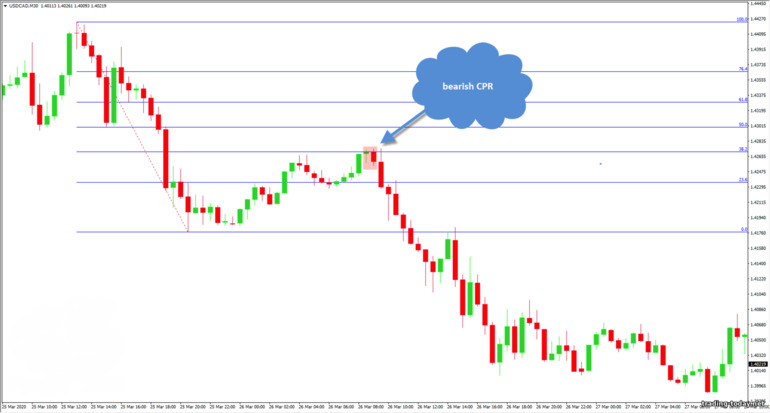
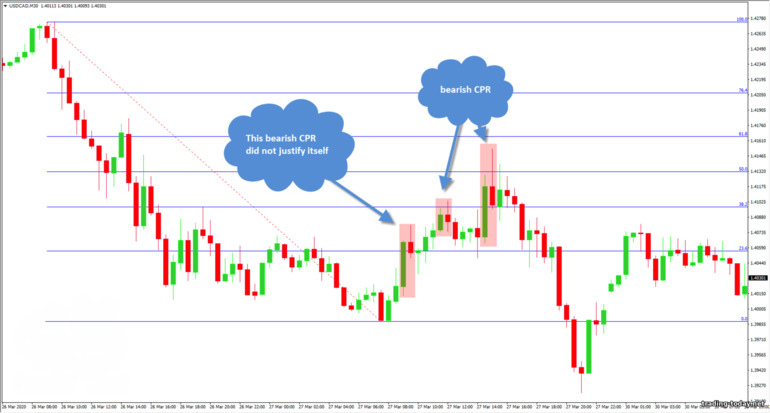
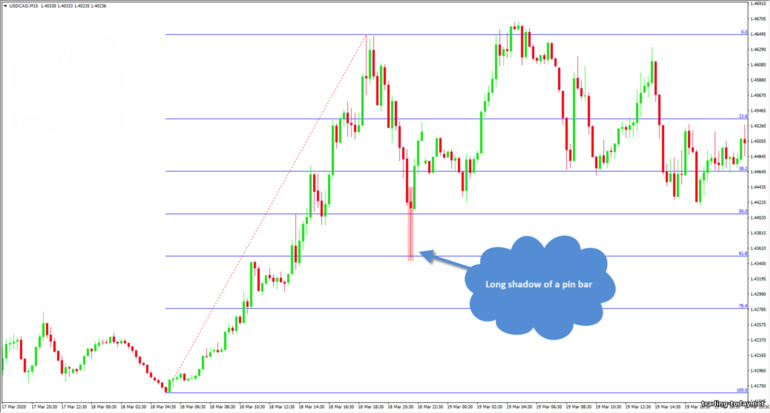
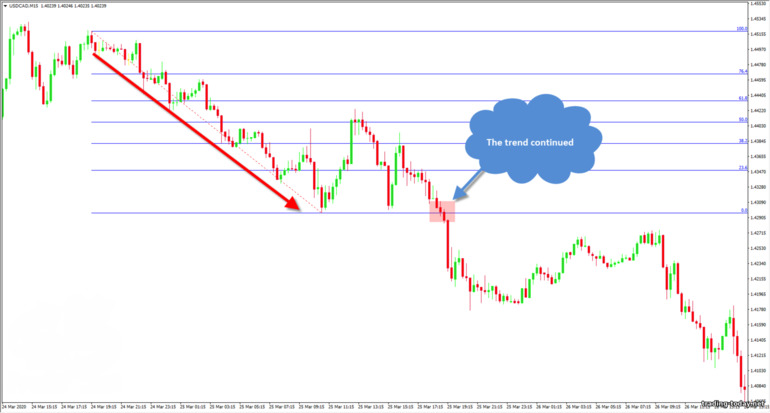
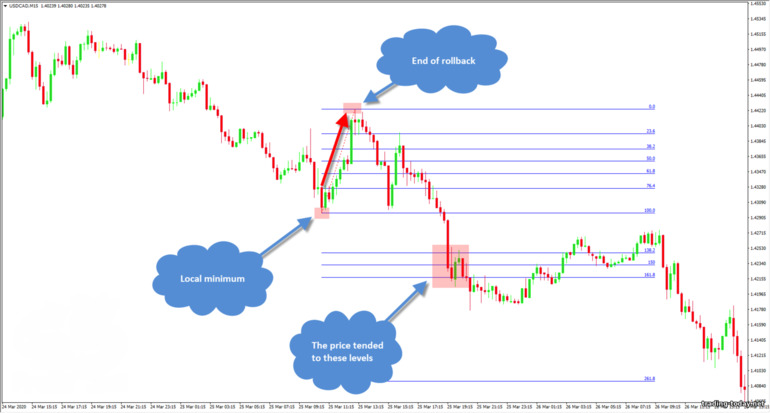
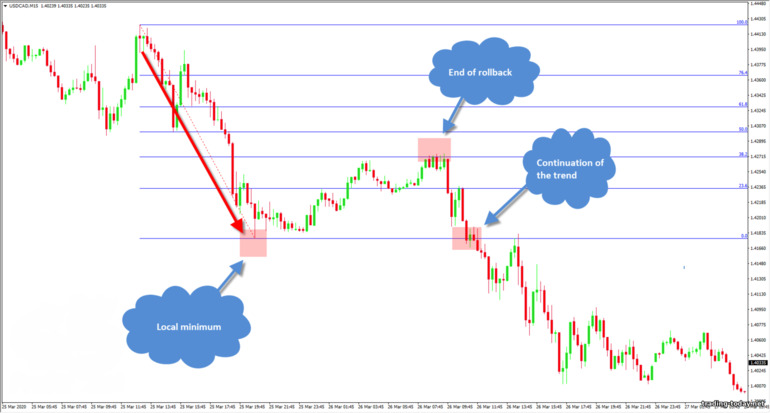
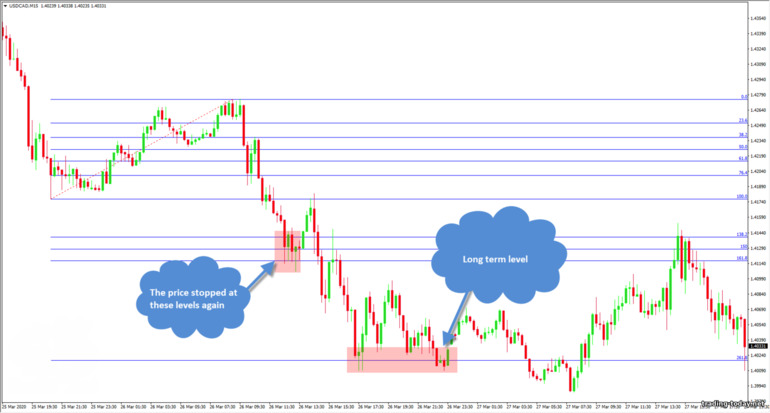
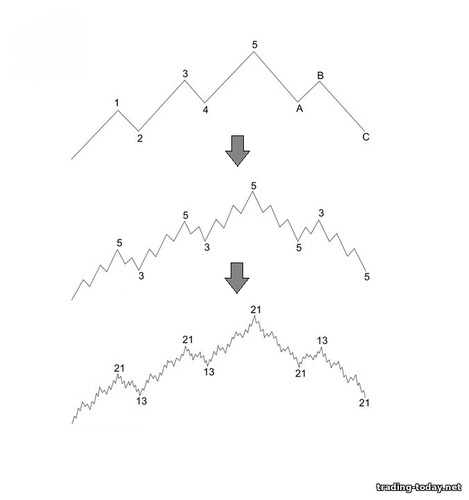
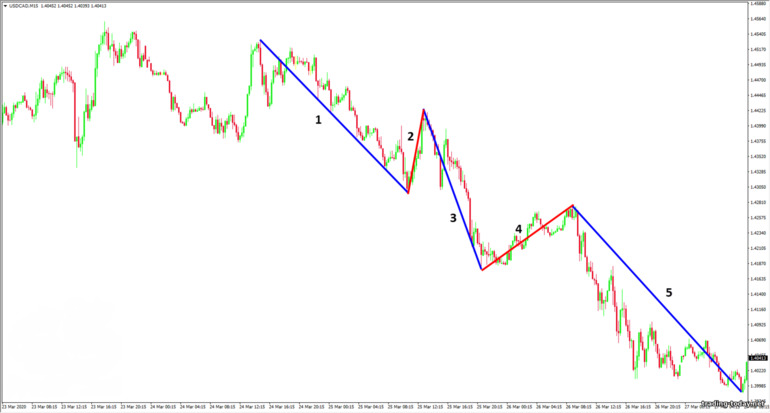
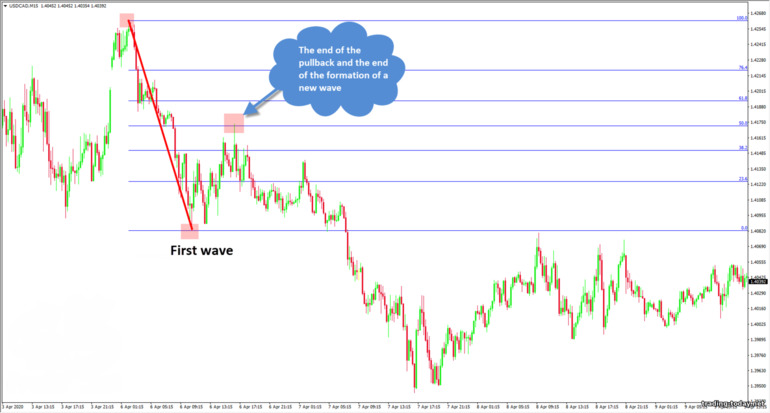
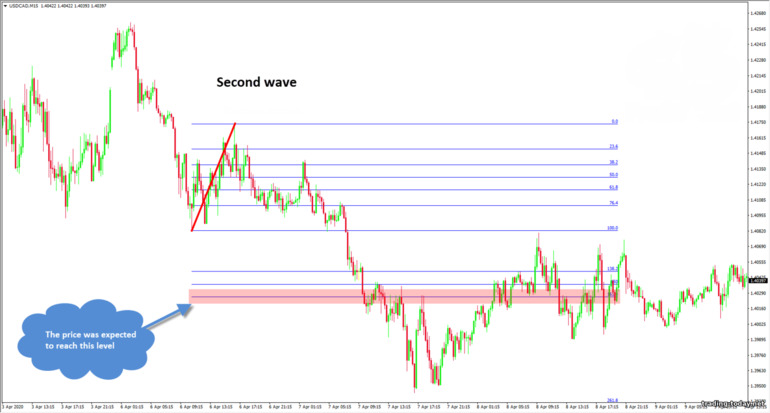
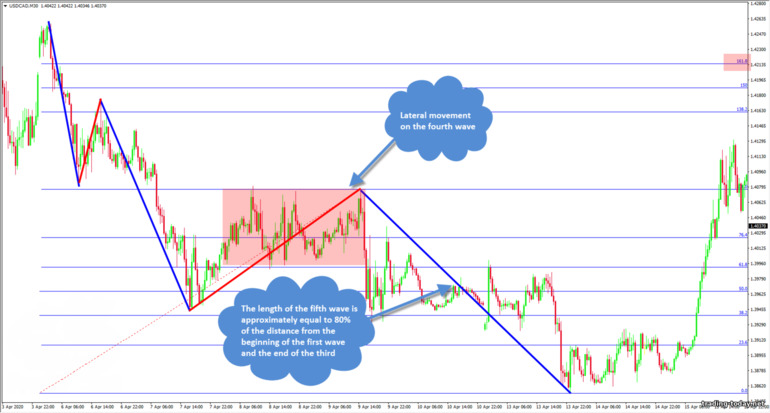
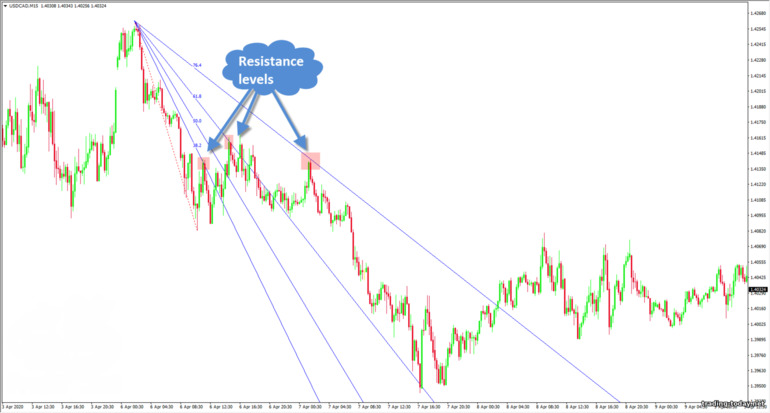
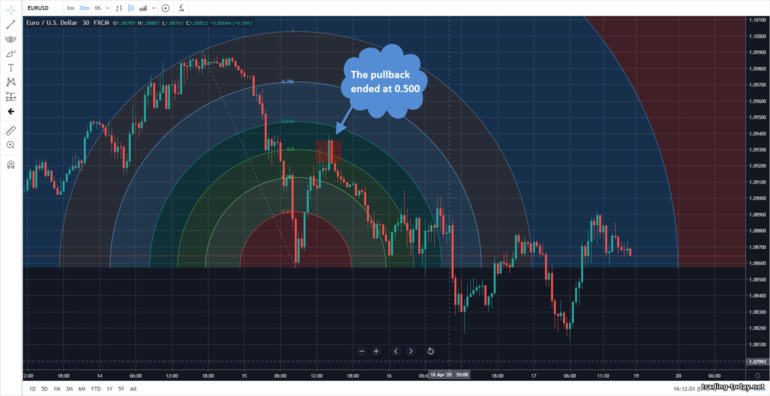
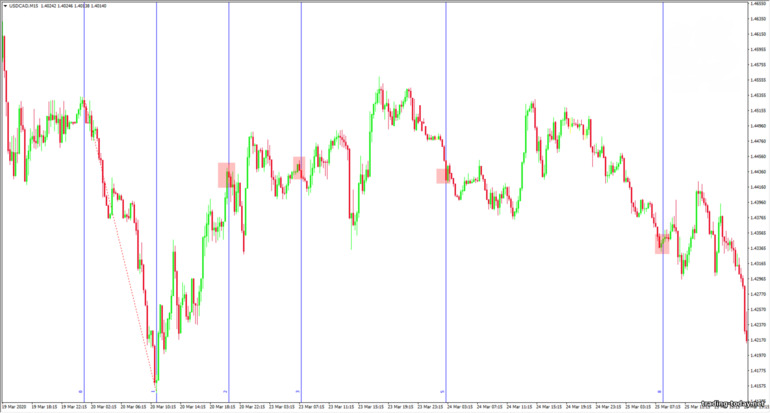

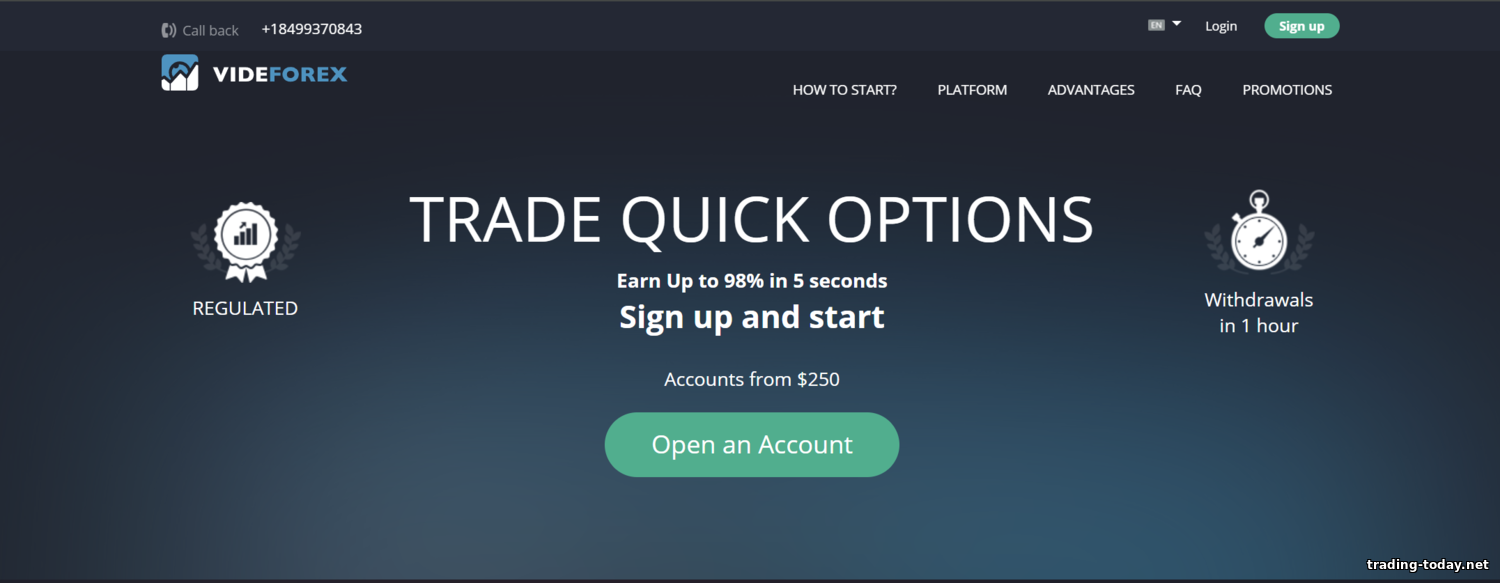
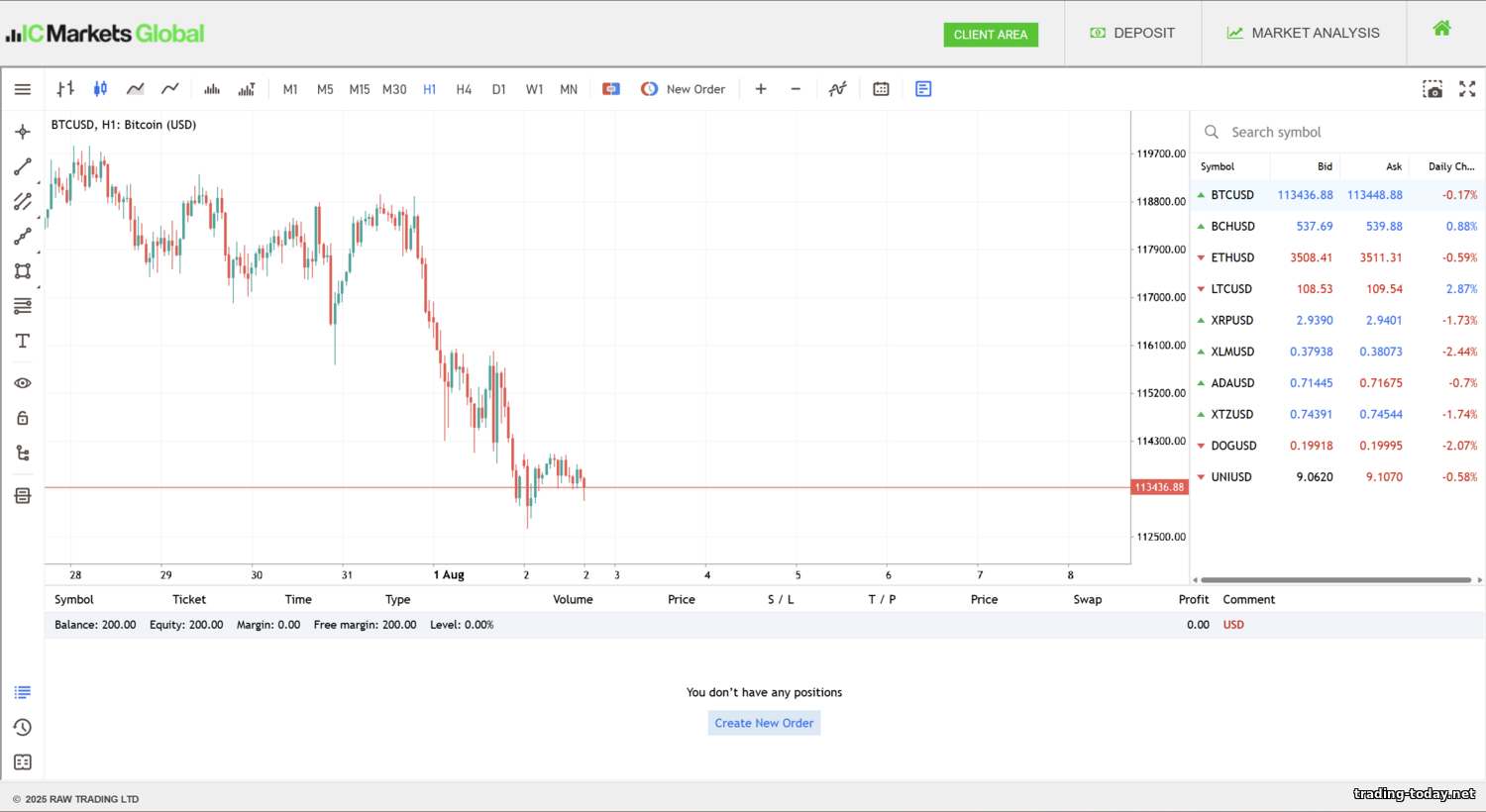



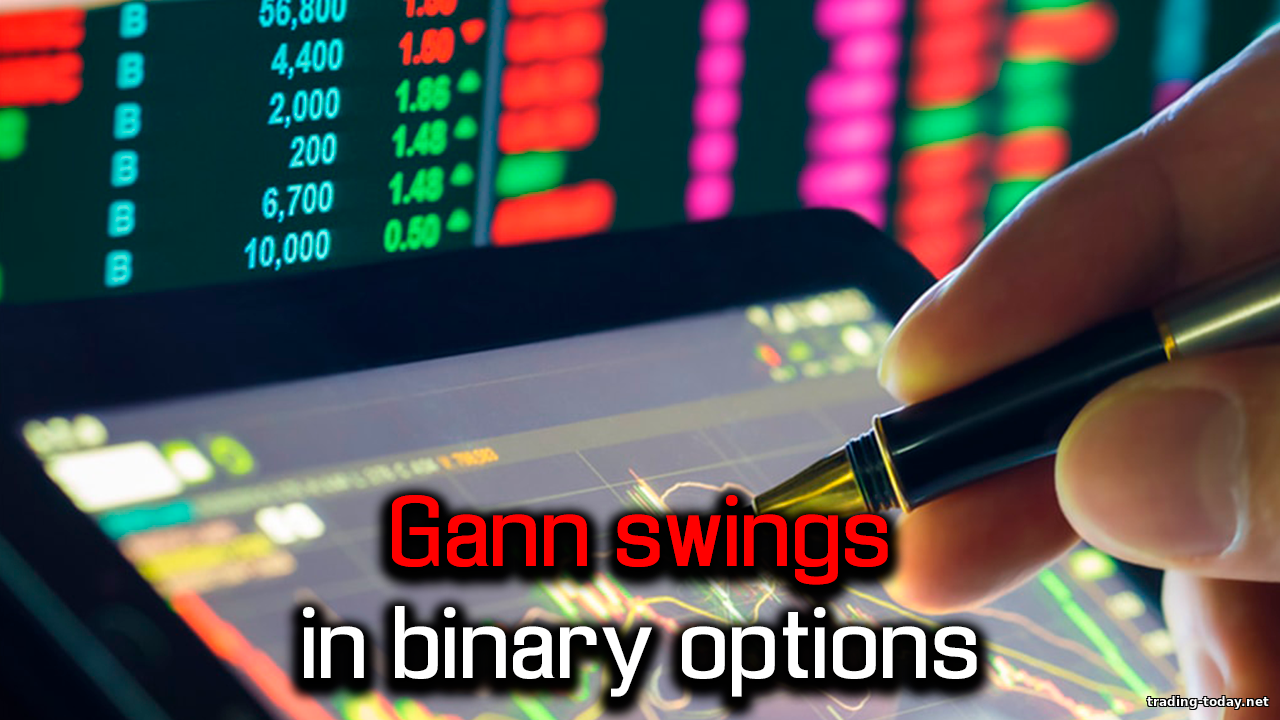


Reviews and comments